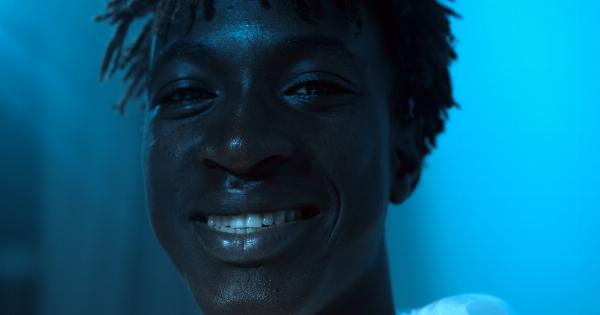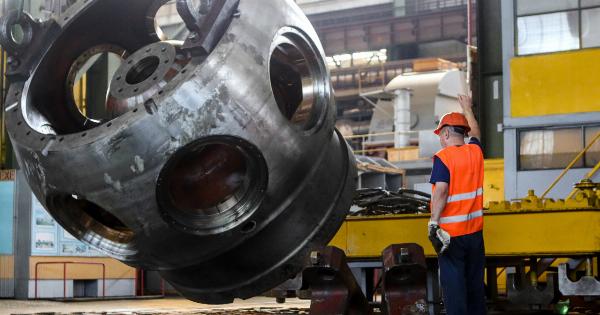For many years, scientists and researchers have been working to develop an artificial cornea to help those who suffer from corneal blindness. The cornea is the outermost layer of the eye that helps to focus light and protect the inner structures.
When it is damaged due to injury or disease, it can lead to blindness. The development of an artificial cornea is a groundbreaking achievement in the field of ophthalmology and has the potential to revolutionize the treatment of corneal blindness.
What is an artificial cornea?
An artificial cornea, also known as a synthetic cornea or keratoprosthesis, is a medical device designed to replace a damaged or diseased cornea. The device is made of biocompatible materials that mimic the functions of the natural cornea.
The goal of an artificial cornea is to restore vision and prevent further damage to the eye.
History of the development of artificial cornea
The first attempts to develop an artificial cornea date back to the 18th century. The first known keratoprosthesis was developed by the French ophthalmologist, Pellier de Quengsy in 1789.
The device was made of glass and was implanted in a patient’s eye. However, the device failed due to rejection by the patient’s immune system.
Over the years, many researchers and scientists attempted to develop an artificial cornea, but most of them failed due to the rejection of the device by the patient’s immune system or mechanical failure.
In 2018, a team of researchers from the University of Ottawa and the University of California, Berkeley, developed an implantable artificial cornea that has the potential to restore vision in people who have lost their sight due to corneal disease or injury.
How does the artificial cornea work?
The artificial cornea works by replacing the damaged or diseased cornea with a medical device that mimics the functions of the natural cornea. The device is implanted in the eye and functions as a lens, focusing light onto the retina.
It is designed to be biocompatible and to avoid rejection by the patient’s immune system.
Benefits of artificial cornea
The development of an artificial cornea has many benefits over the traditional cornea transplant. Some of the benefits are:.
- No donor tissue required: One of the major advantages of an artificial cornea is that it does not require a donor tissue. This eliminates the need for a waiting list and reduces the risk of rejection.
- Less invasive: Artificial cornea implantation is a less invasive procedure than traditional cornea transplant surgery. This reduces the recovery time and the risk of complications.
- Customizable: An artificial cornea can be customized to fit the patient’s individual needs. This ensures a better fit and improves the overall success rate of the procedure.
- Lower cost: The cost of an artificial cornea is lower than the cost of a traditional cornea transplant. This makes it more accessible to people who cannot afford the traditional surgery.
Challenges in development of artificial cornea
Despite the many benefits of an artificial cornea, there are still several challenges in its development. Some of these challenges are:.
- Rejection: The patient’s immune system may still reject the artificial cornea, leading to failure of the device.
- Long-term durability: The long-term durability of the device is still uncertain. It is unclear how long the device will last and whether it will require replacement.
- Regulatory approval: The device needs to be approved by regulatory authorities before it can be used in clinical practice. This can be a lengthy and expensive process.
Recent development of the artificial cornea
In recent years, there have been several advancements in the development of an artificial cornea.
In 2018, a team of researchers from the University of Ottawa and the University of California, Berkeley, developed an implantable artificial cornea made of a hydrogel material that can restore vision in people with corneal blindness.
The device was tested on rabbits and showed promising results. The researchers believe that the device will be able to restore vision in humans in the future.
In 2021, a team of scientists from the University of Pittsburgh School of Medicine developed a biomimetic cornea that is made of collagen and can promote tissue regeneration. The device was tested on rabbits and showed positive results.
The researchers believe that the device has the potential to be used in the treatment of corneal blindness in humans.
Conclusion
The development of an artificial cornea is a groundbreaking achievement in the field of ophthalmology. The device has the potential to revolutionize the treatment of corneal blindness and improve the quality of life of millions of people worldwide.
Despite the challenges that still exist in the development of the device, the recent advancements in the field are promising and offer hope for the future.


























